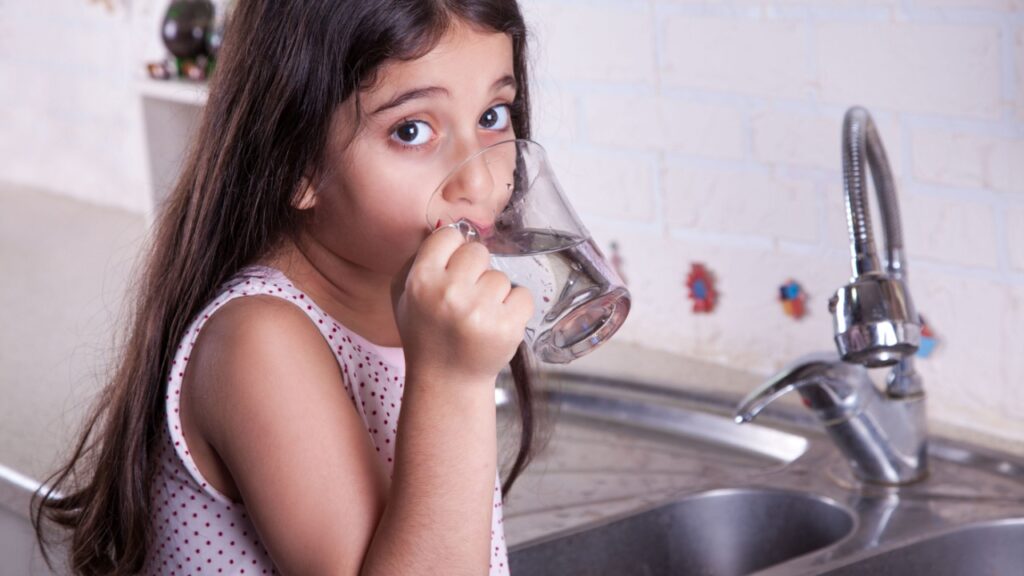Ever wonder what’s really in your glass of water? The truth might surprise you. While tap water is generally safe, it can harbor some unexpected guests. These tiny troublemakers are invisible to the naked eye but can pack a serious punch. From bacteria to parasites, your drinking water might contain more than just H2O.
Cryptosporidium
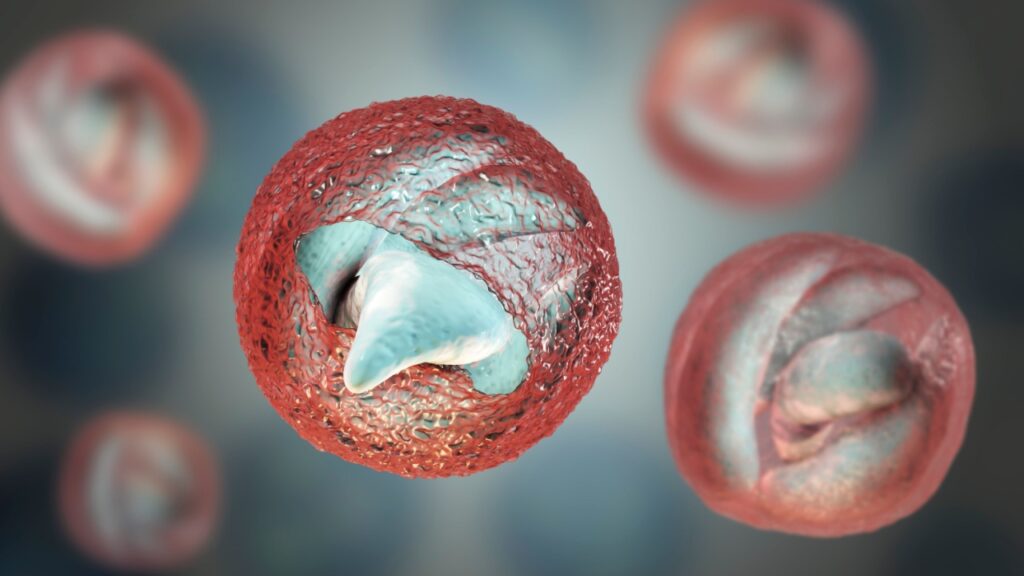
This pesky parasite is a master of survival. Cryptosporidium can resist chlorine treatment and lurk in water systems for long periods. It causes a nasty illness called cryptosporidiosis, which leads to diarrhea and stomach cramps. People with weakened immune systems are especially at risk from this tough little bug.
Giardia

Giardia is another troublesome parasite that loves to hang out in water. It causes giardiasis, an intestinal infection that can lead to nausea, cramps, and diarrhea. Giardia forms protective cysts that help it survive in water for months. This resilient parasite is a common cause of waterborne disease outbreaks.
Legionella
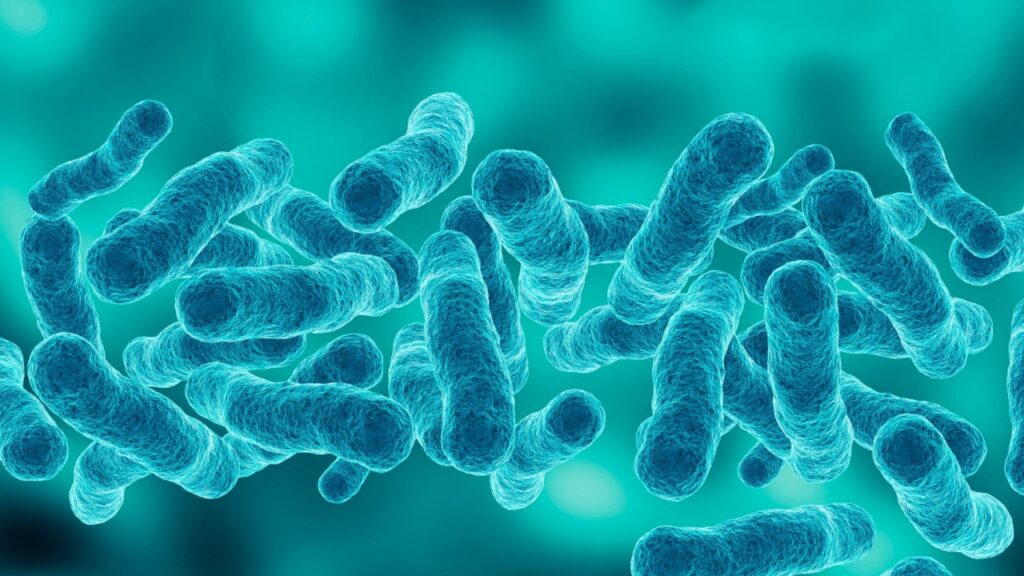
Legionella bacteria are the culprits behind Legionnaires’ disease, a severe form of pneumonia. These bacteria thrive in warm water and can spread through contaminated air conditioning systems or showers. While not common in properly treated water here in the UK, Legionella can be a serious threat in large buildings with complex water systems.
E. coli
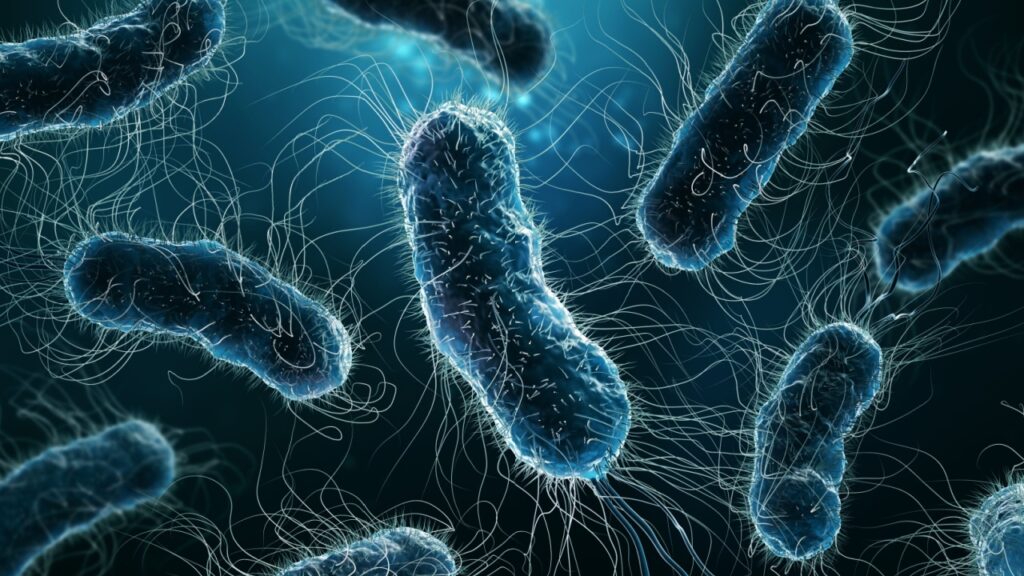
Escherichia coli, or E. coli, is a bacteria that normally lives in our intestines. However, some strains can cause severe illness if ingested through contaminated water. E. coli outbreaks in water supplies are often linked to fecal contamination, but are thankfully rare in the UK. Symptoms can range from mild diarrhea to severe abdominal cramps and bloody stools.
Salmonella

Salmonella is a nasty bacteria that can sneak into water supplies through sewage contamination or animal waste. It causes salmonellosis, an infection that leads to fever, diarrhea, and abdominal pain. While more commonly associated with food poisoning, Salmonella can also spread through contaminated water.
Campylobacter
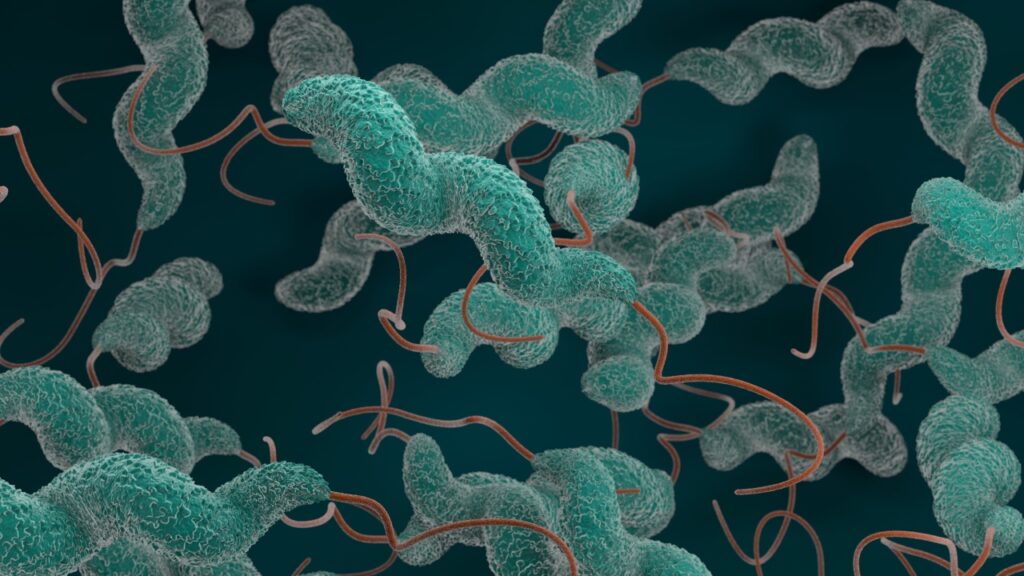
Campylobacter is a bacteria that loves to hitch a ride in water systems. It’s one of the most common causes of diarrheal illness in the United Kingdom and the United States. Campylobacter infections can cause cramping, fever, and diarrhea. In rare cases, it can lead to a serious complication called Guillain-Barré syndrome.
Shigella
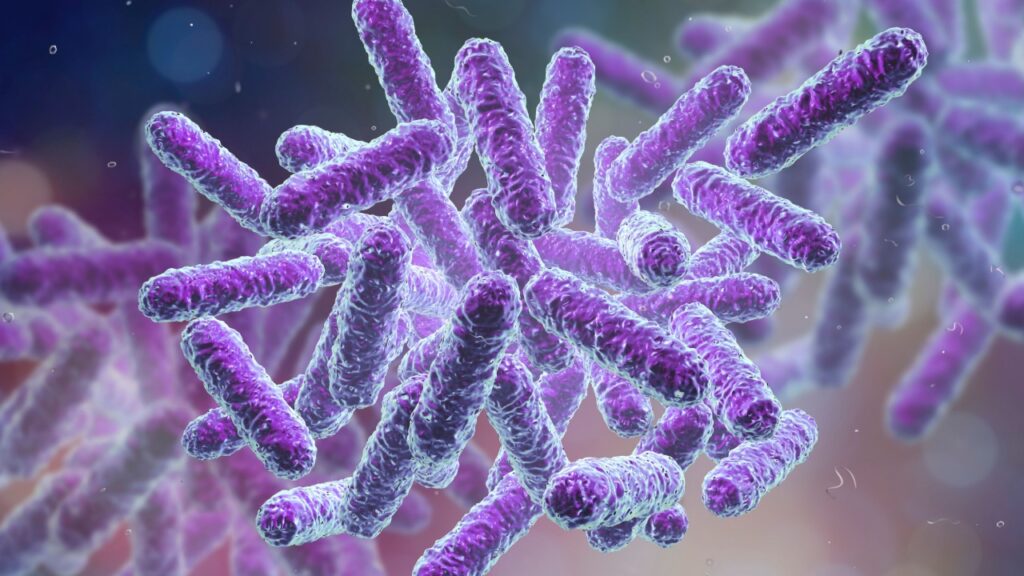
Shigella bacteria are tiny troublemakers that cause an infection called shigellosis. These bacteria spread easily through contaminated water and can cause severe diarrhea, fever, and stomach pain. Shigella is particularly dangerous because it doesn’t take many bacteria to make you sick.
Naegleria Fowleri
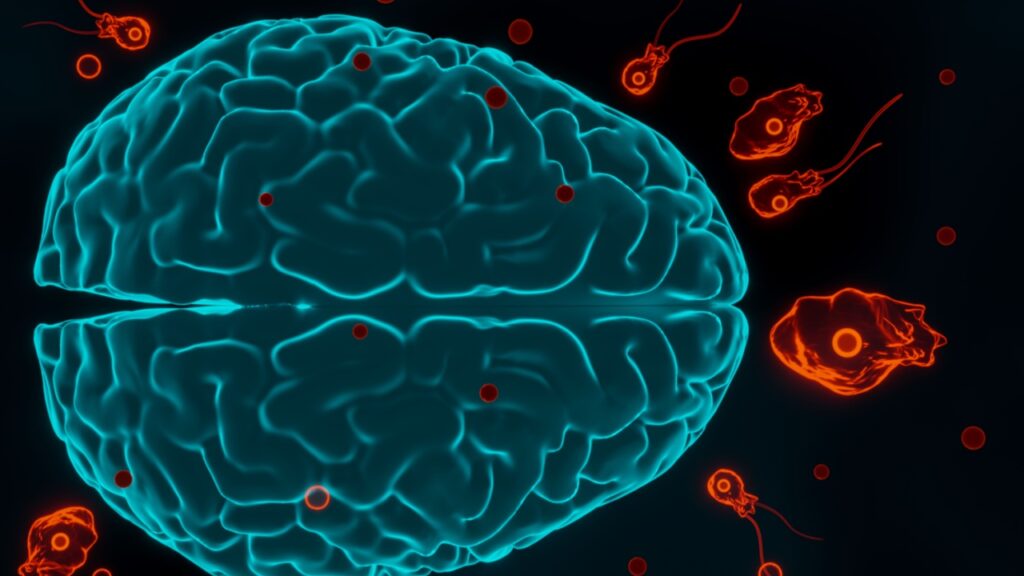
Often called the “brain-eating amoeba,” Naegleria fowleri is a rare but terrifying water contaminant. It causes a brain infection called primary amebic meningoencephalitis (PAM), which is usually fatal. While extremely rare in treated tap water, it’s been found in warm freshwater sources and poorly maintained swimming pools.
Hepatitis A Virus
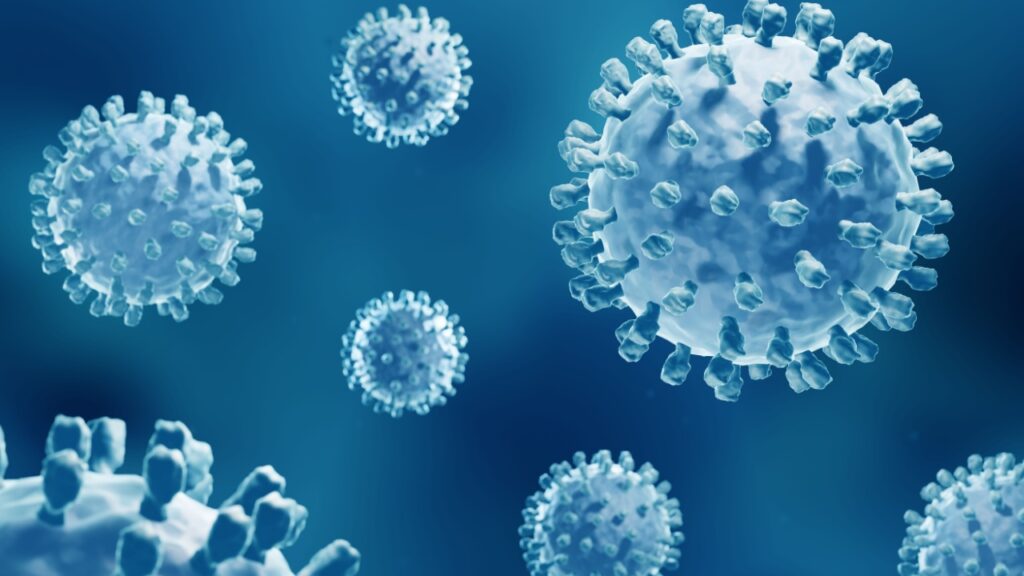
The Hepatitis A virus can spread through contaminated water and cause liver inflammation. It leads to symptoms like fever, fatigue, and jaundice. While not as common in treated water supplies, Hepatitis A outbreaks can occur in areas with poor sanitation.
Rotavirus
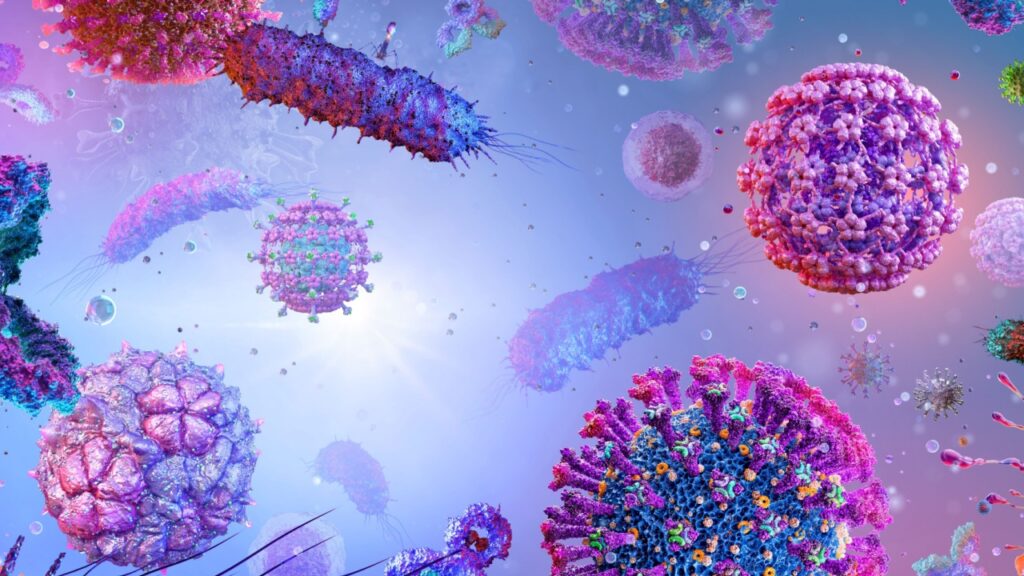
Rotavirus is a leading cause of severe diarrhea in young children worldwide. It spreads easily through contaminated water and surfaces. While a vaccine has reduced its impact in many countries, rotavirus remains a serious threat in areas with poor water treatment.
Microplastics

While not living organisms, microplastics are a growing concern in tap water. These tiny plastic particles can carry harmful chemicals and bacteria. Studies have found microplastics in tap water samples across the world, raising concerns about their long-term health effects.
Chlorine-Resistant Parasites
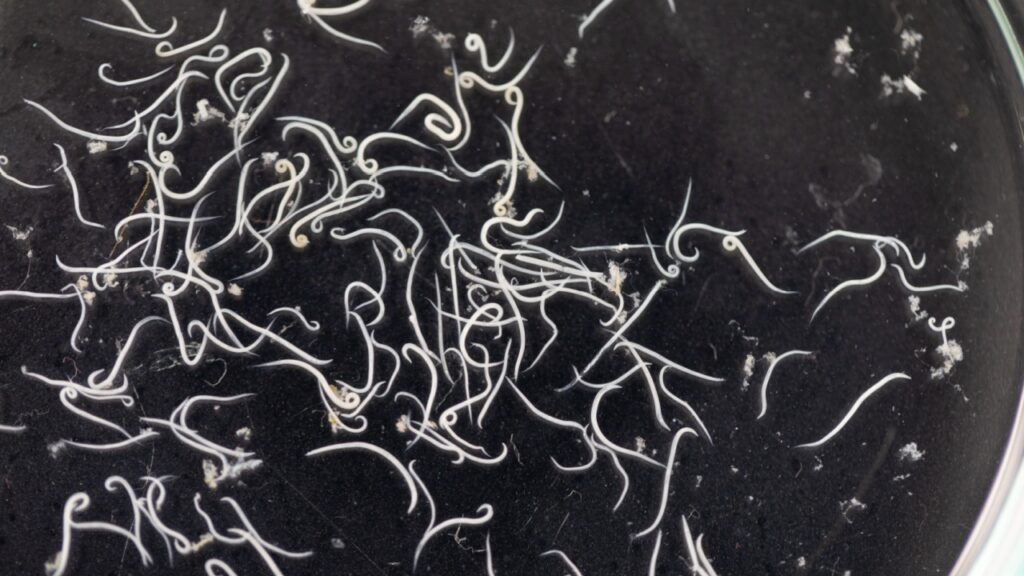
Some parasites have developed resistance to chlorine, a common water treatment method. These hardy organisms can survive in treated water and cause various illnesses. Proper filtration and advanced treatment methods are necessary to remove these resilient pests from our drinking water.

